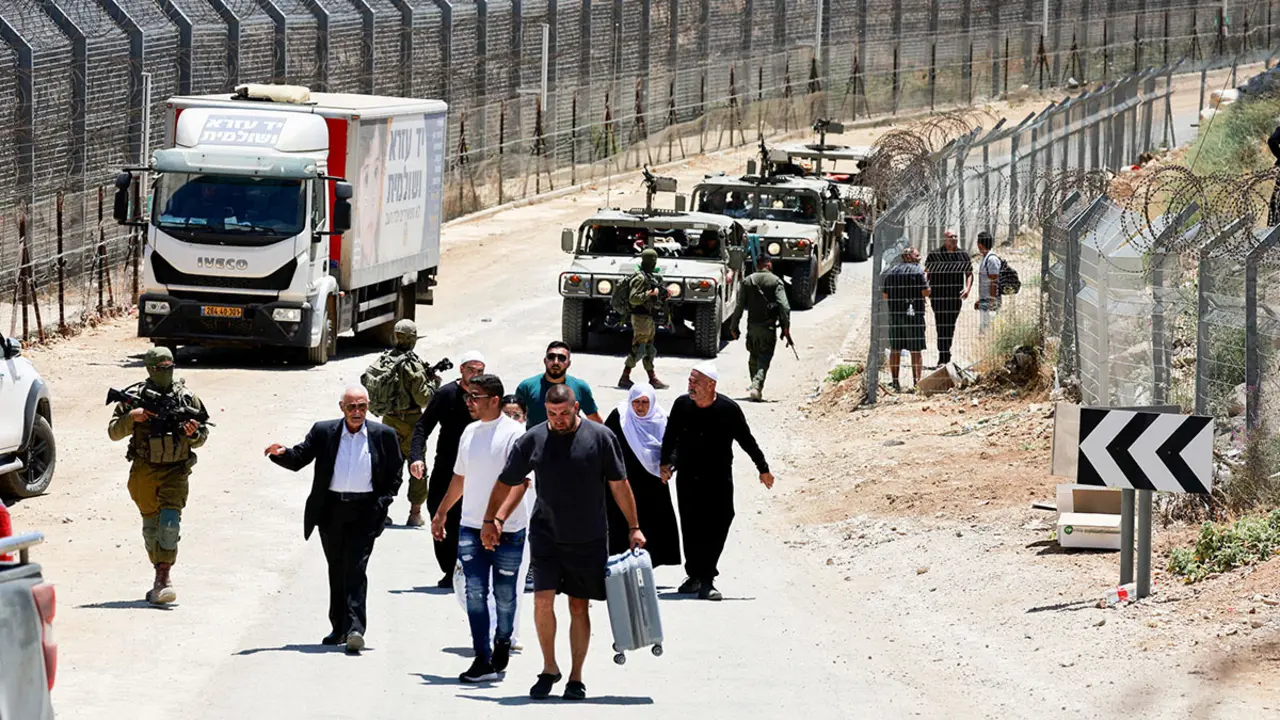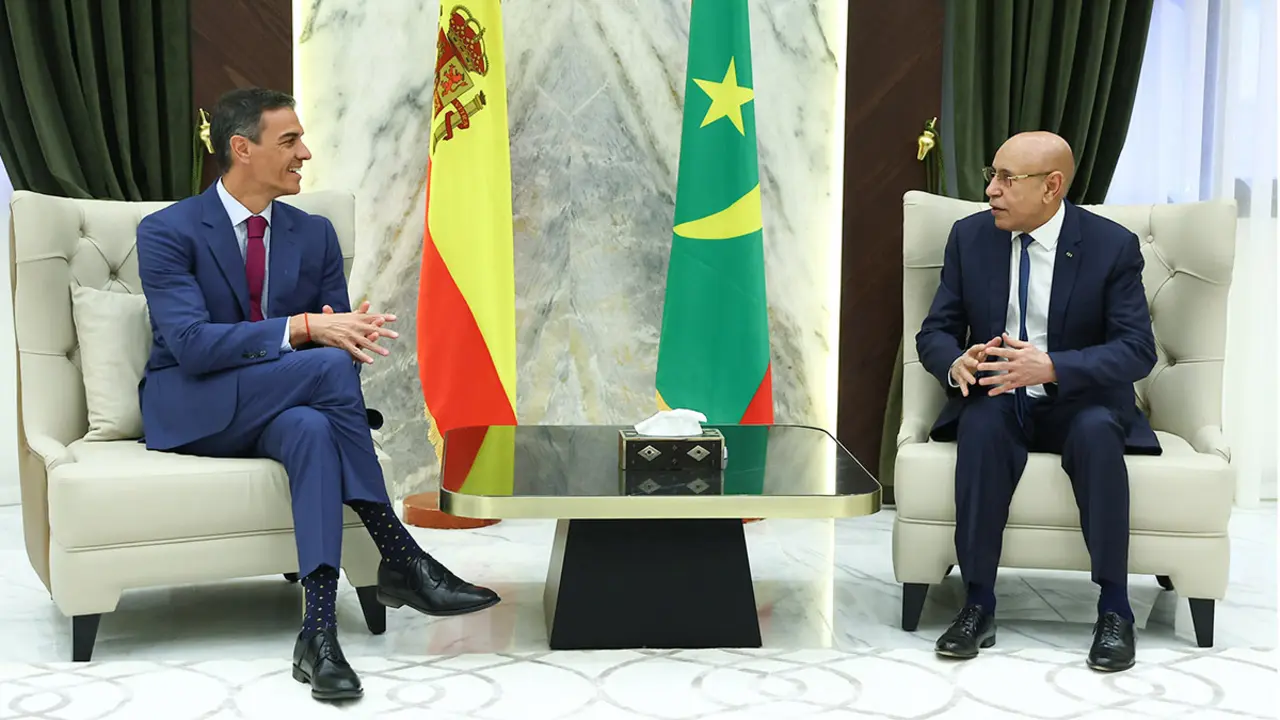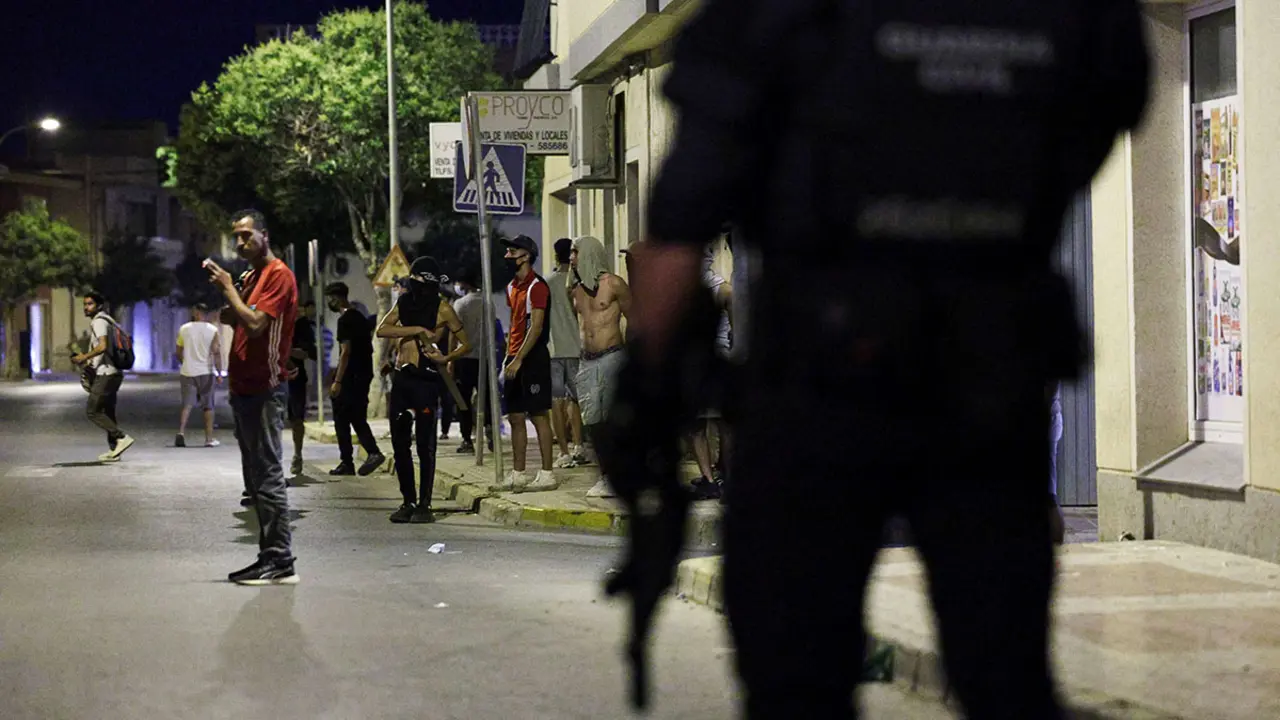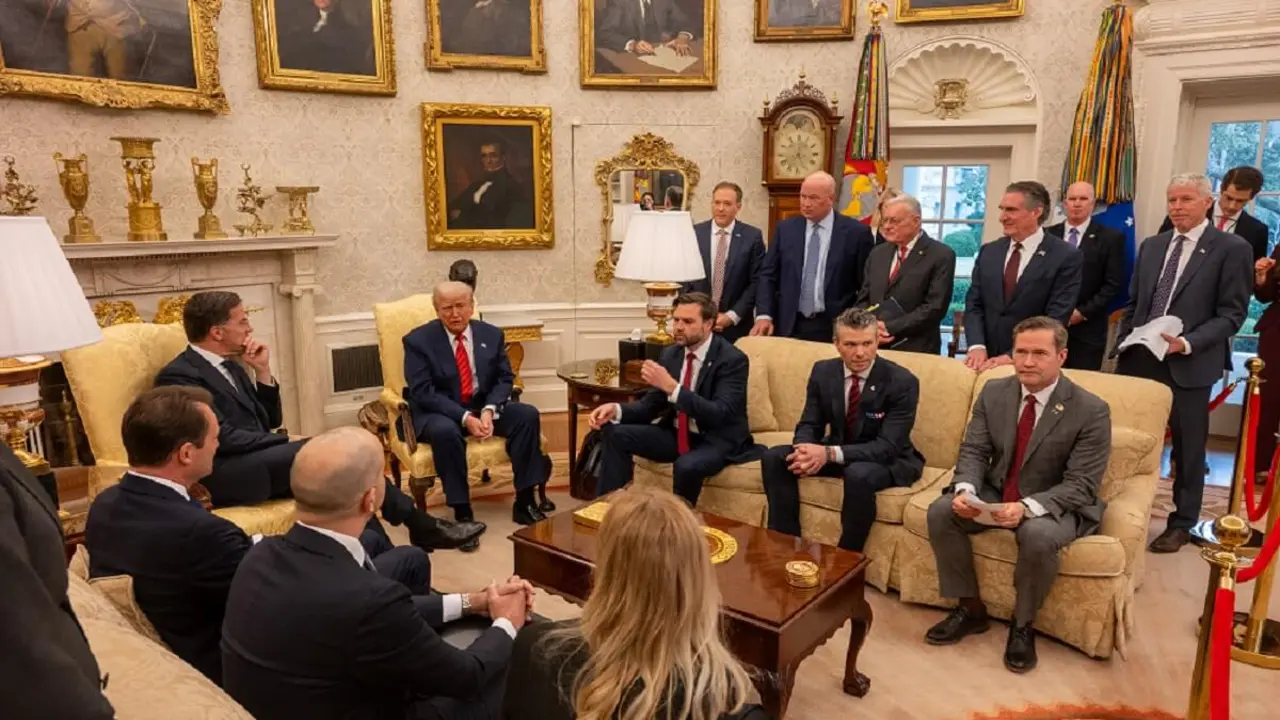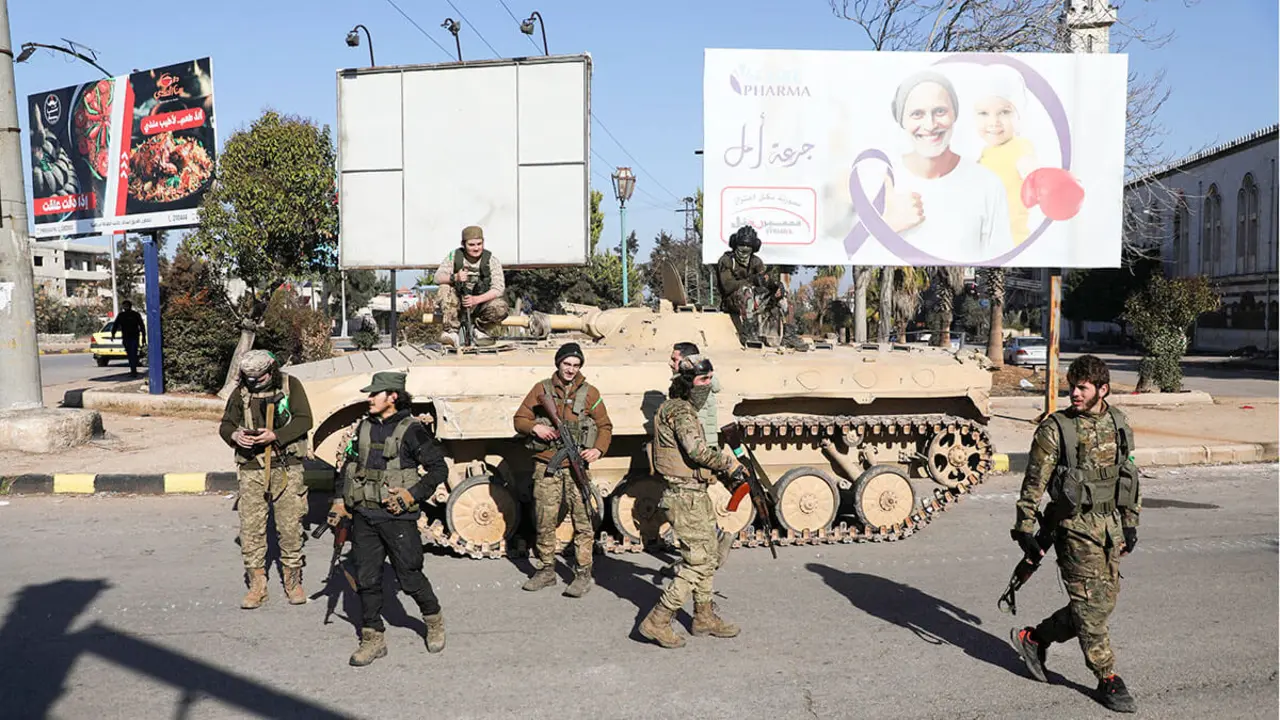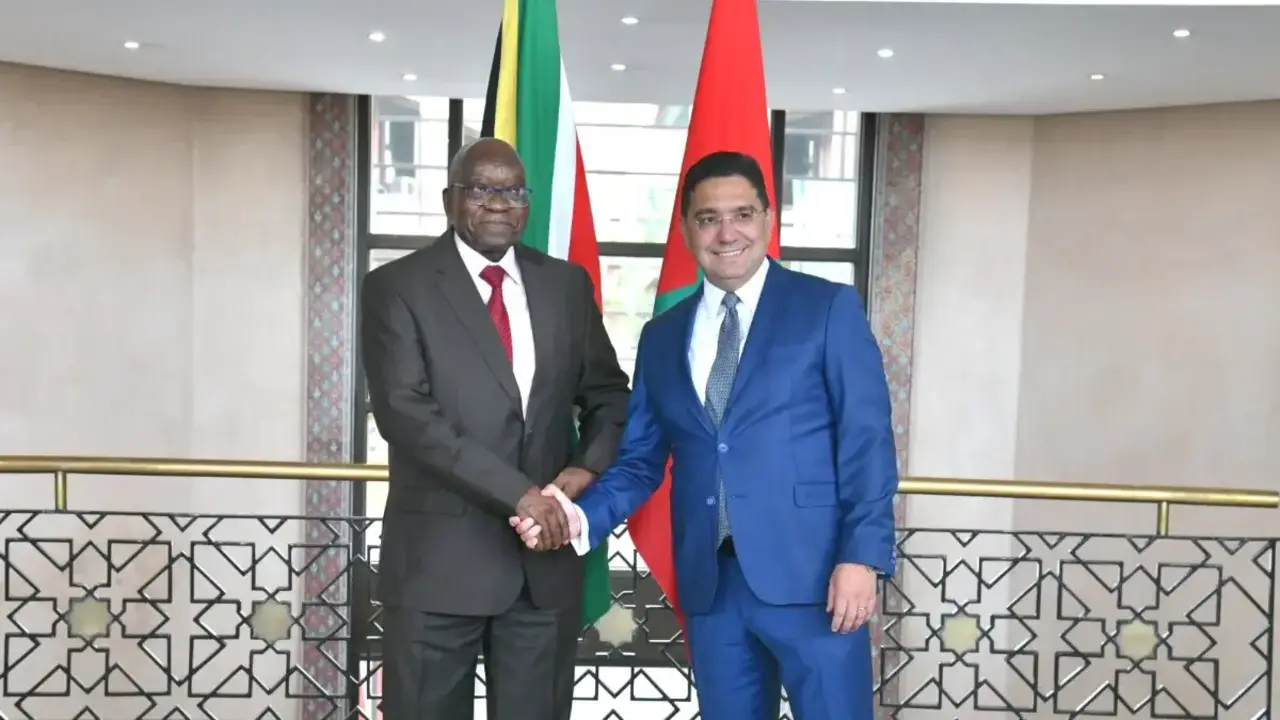Protests in Cuba, day three: first dead, arrests and no internet

Two days after the historic mass protests in Cuba, the first death has been confirmed, the government insists on blaming the U.S., the Internet is still cut throughout the island and the strong police presence is maintained, while relatives and friends search for those arrested in the demonstrations.
More than 150 people have been arrested, according to Human Rights Watch (HRW), and activists denounce that in addition to Sunday's arrests, others of opponents, activists and independent journalists have been added in the following two days. The government has not given official figures.

The well-known Cuban influencer and youtuber Dina Stars, who posted a video of her participation in a peaceful demonstration in Havana, was summoned Tuesday by state security agents at her home while she was conducting a live interview for the Spanish channel Cuatro.
The agents first took her to a central Havana police station, Edy Suarez, Dina's friend and eyewitness to the events that have caused a strong media impact, especially in Spain, told Efe.
When Suarez and other friends went to the police station, the agents told them that the influencer had been taken to another detention center several kilometers east of Havana.
"There is no word of her. We are worried," her friend told Efe, who hopes "that Dina's example will serve for people to show solidarity with other missing young Cubans who were arrested on Sunday and it is not known where they are."

Disinformation in Cuba today is not limited to the whereabouts of those arrested - of whom a small group was released in the last 24 hours, according to close sources - but to everything related to the social outburst on the island, as authorities have cut mobile internet service and almost no one in Cuba can afford a wi-fi connection.
The internet blackout is causing a standstill in part of the country's activities, which went online because of the pandemic.
"Without connection we can't work these days, let's see what happens," a professor at a university in Havana, where classes and other activities have been virtual for months, told Efe.
In addition, for the few who have access to the networks it is difficult to know the real situation, since videos of citizen revolts are circulating that in many cases are false, delocalized or are passed off as new images when they correspond to the first demonstrations.

The authorities did confirm Tuesday the first death in the protests, a 36-year-old citizen who died on Monday during a confrontation with agents in the Güinera Popular Council in the municipality of Arroyo Naranjo, a marginal neighborhood in southern Havana where residents took to the streets shouting "freedom", according to videos posted on the networks.
In addition to the deceased, several people were arrested and others suffered injuries, among them law enforcement officers, in the Güinera event, which the government attributed to an act of vandalism by the group of neighbors, which it accused of first attacking the police officers.

In any case, Díaz-Canel's executive did not deviate one iota from its arguments today and his foreign minister, Bruno Rodríguez, appeared to recall who, in his opinion, is the only one to blame for the crisis in Cuba: the United States.
The Cuban government blames the embargo imposed by Washington six decades ago and toughened with new sanctions in the past administration of Donald Trump for the severe shortages of food, toiletries and medicines, as well as the usual blackouts and other problems that protesters have denounced in their protests across the island.
The foreign minister also accused the United States of financing a media campaign on social networks to promote regime change on the island through citizen uprisings.
The citizen demonstrations launched on Sunday across Cuba have been the largest in 60 years, with the only precedent being the "maleconazo" of August 1994, limited to Havana.


